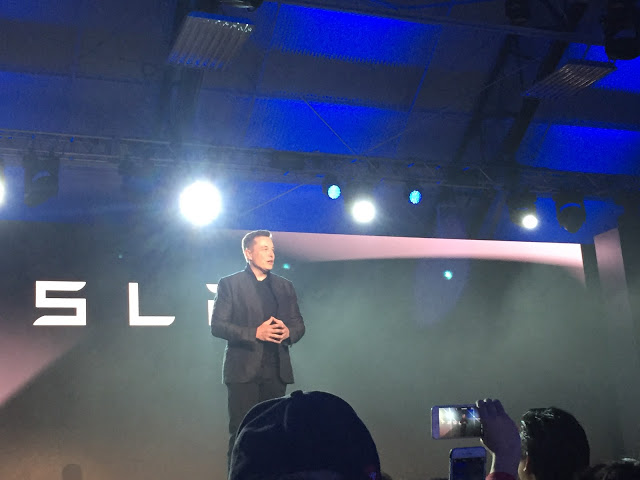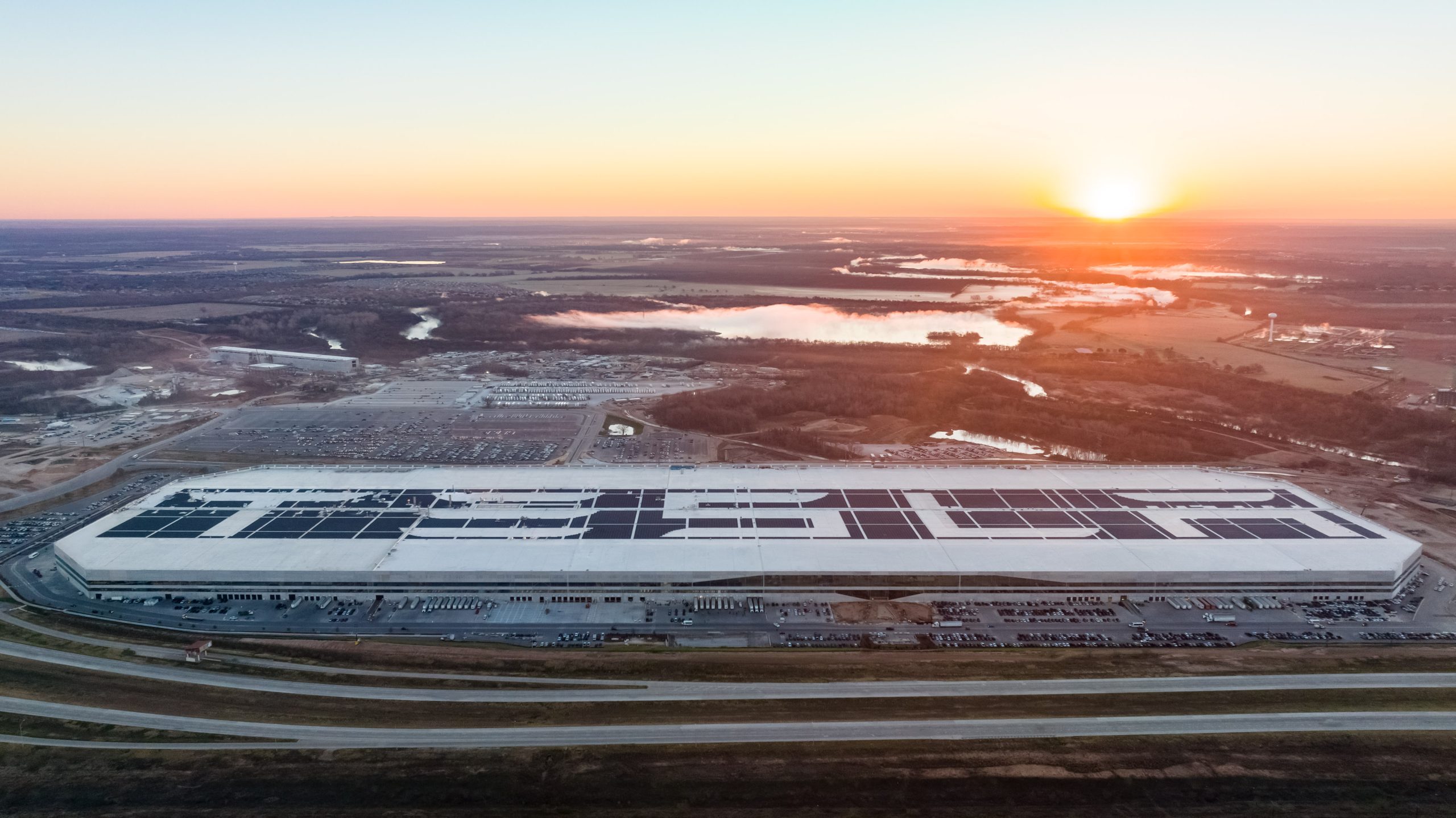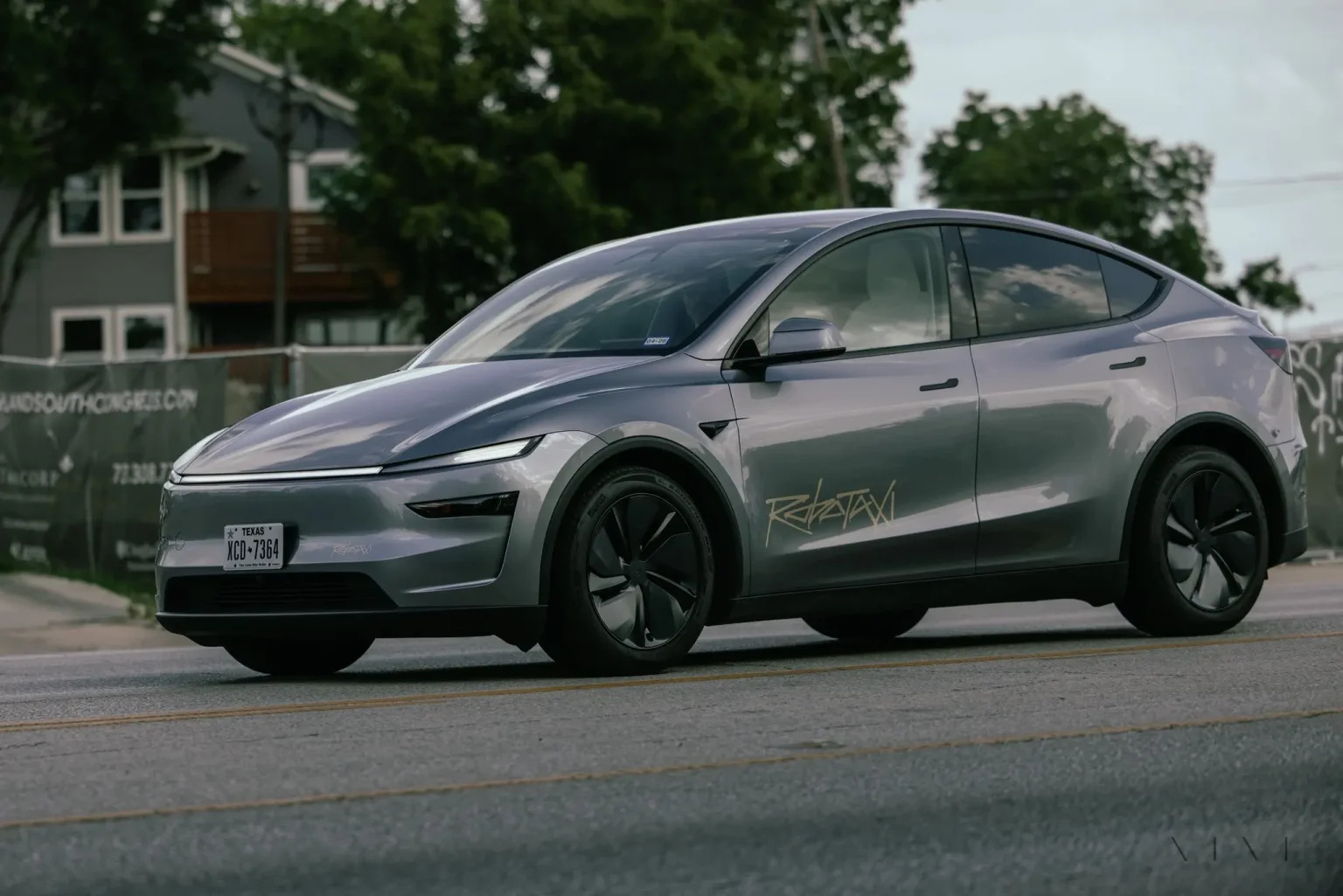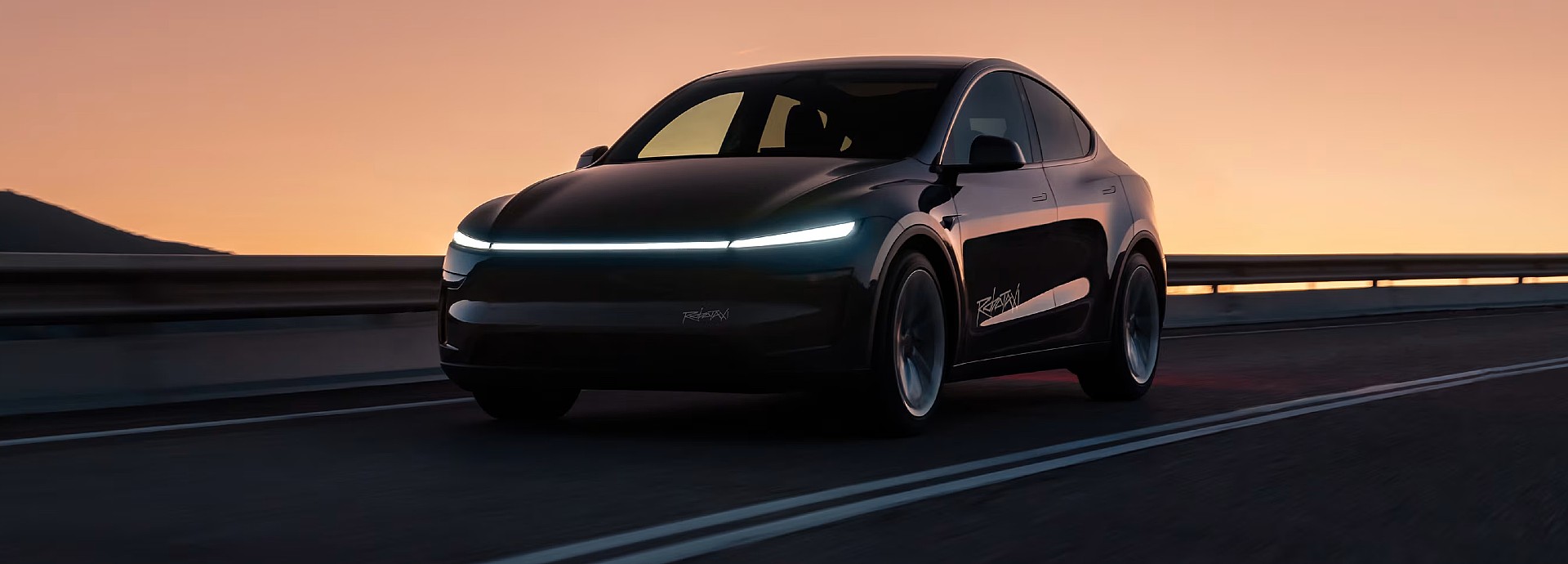Investor's Corner
Insight Into How Elon Musk Funds His Business Ventures
Elon Musk does not follow the herd. Even though most executives do not use their private wealth to fund business ventures, Musk believes it is important to to show that he personally has skin in the game.

More than almost any other entrepreneur, Elon Musk finances his three primary business ventures — Tesla Motors, SolarCity, and SpaceX — by leveraging his own personal assets. The Wall Street Journal (WSJ) says those three companies are valued at close to $50 billion, largely because of Musk’s “voracious appetite for risk and unyielding optimism.”
A study in February by ISS QuickScore found that just 13% of executives or directors at the 3,000 largest companies have pledged shares they own in those companies as collateral for personal loans.
Of the $105 million in bonds sold by SolarCity since October, 2014, SpaceX has purchased $90 million. Musk has taken out $475 million in personal loans at various times to help out one or another of his business interests when they needed cash injections. Those loans are secured by $2.5 billion worth of shares he owns in Tesla Motors and SolarCity, based on market values from this week.
WSJ says few top executives use their personal funds to support their business ventures because it can place them in conflict with other shareholders. It could also subject them to a margin call that could disrupt normal trading in company shares. “As an analyst, it is often a red flag for me when companies and management direct loans between entities they have personal or financial interests in,” says Nathan Weiss, founder and senior analyst at independent research firm Unit Economics LLC in East Greenwich, RI.
“There are a few cases where one company was doing considerably better than another and I borrowed money,” Musk says via WSJ. “If I ask investors to put money in, then I feel morally I should put money in as well […] I should not ask people to eat from the fruit bowl if I have not myself been willing to eat from the fruit bowl.” In other words, he thinks it’s important for others to see that he has skin in the game.
Musk says the odds of him not being able to handle a margin call are “almost zero.” That’s because his exposure is less than 5% of his total worth. He says he has “made it clear to shareholders that I subscribe to the notion that the captain is the last person off the ship.”
Venture capitalist Steve Jurvetson, a major early investor in all of Musk’s companies, says he is not concerned that Musk has pledged his own shares. As long as the total is less than 5% of Musk’s total net worth, “you don’t have much to talk about.” Jurvetson raves about Musk, saying “his passion is breathtaking.”
Republicans in Congress are less in awe of Elon, however. Now that SpaceX has signed contracts worth billions of dollars with NASA, they are proposing legislation that would prohibit Musk from using his stake in SpaceX as collateral for other loans, particularly to SolarCity. The solar power company has recently had a loud and contentious spat with the Nevada Public Utilities Commission, which voted to impose a monthly fee on all rooftop solar installations in the state.
In response, SolarCity has shuttered his operations in Nevada and laid off hundreds of employees. How that plays out as the Gigafactory comes online should be interesting, since the same utility company (owned by Warren Buffett) that imposed its will on the Nevada PUC will also be the energy supplier to that gigantic manufacturing process. Tesla intends to sell excess power back to the utility, a process that started the whole controversy in Nevada in the first place.
Representative Douglas Lamborn, Republican from Colorado, says the proposed legislation is intended to send a message to Musk that his moves are being watched and monitored. A SpaceX spokesman retorts that SpaceX’s “cash balances are not government money’.”
Elon keeps his political leanings well out of public view. But it is clear his propensity for disrupting the established order has made a few enemies along the way.
Source: The Wall Street Journal

Investor's Corner
Tesla stock closes at all-time high on heels of Robotaxi progress

Tesla stock (NASDAQ: TSLA) closed at an all-time high on Tuesday, jumping over 3 percent during the day and finishing at $489.88.
The price beats the previous record close, which was $479.86.
Shares have had a crazy year, dipping more than 40 percent from the start of the year. The stock then started to recover once again around late April, when its price started to climb back up from the low $200 level.
This week, Tesla started to climb toward its highest levels ever, as it was revealed on Sunday that the company was testing driverless Robotaxis in Austin. The spike in value pushed the company’s valuation to $1.63 trillion.
Tesla Robotaxi goes driverless as Musk confirms Safety Monitor removal testing
It is the seventh-most valuable company on the market currently, trailing Nvidia, Apple, Alphabet (Google), Microsoft, Amazon, and Meta.
Shares closed up $14.57 today, up over 3 percent.
The stock has gone through a lot this year, as previously mentioned. Shares tumbled in Q1 due to CEO Elon Musk’s involvement with the Department of Government Efficiency (DOGE), which pulled his attention away from his companies and left a major overhang on their valuations.
However, things started to rebound halfway through the year, and as the government started to phase out the $7,500 tax credit, demand spiked as consumers tried to take advantage of it.
Q3 deliveries were the highest in company history, and Tesla responded to the loss of the tax credit with the launch of the Model 3 and Model Y Standard.
Additionally, analysts have announced high expectations this week for the company on Wall Street as Robotaxi continues to be the focus. With autonomy within Tesla’s sights, things are moving in the direction of Robotaxi being a major catalyst for growth on the Street in the coming year.
Elon Musk
Tesla needs to come through on this one Robotaxi metric, analyst says
“We think the key focus from here will be how fast Tesla can scale driverless operations (including if Tesla’s approach to software/hardware allows it to scale significantly faster than competitors, as the company has argued), and on profitability.”

Tesla needs to come through on this one Robotaxi metric, Mark Delaney of Goldman Sachs says.
Tesla is in the process of rolling out its Robotaxi platform to areas outside of Austin and the California Bay Area. It has plans to launch in five additional cities, including Houston, Dallas, Miami, Las Vegas, and Phoenix.
However, the company’s expansion is not what the focus needs to be, according to Delaney. It’s the speed of deployment.
The analyst said:
“We think the key focus from here will be how fast Tesla can scale driverless operations (including if Tesla’s approach to software/hardware allows it to scale significantly faster than competitors, as the company has argued), and on profitability.”
Profitability will come as the Robotaxi fleet expands. Making that money will be dependent on when Tesla can initiate rides in more areas, giving more customers access to the program.
There are some additional things that the company needs to make happen ahead of the major Robotaxi expansion, one of those things is launching driverless rides in Austin, the first city in which it launched the program.
This week, Tesla started testing driverless Robotaxi rides in Austin, as two different Model Y units were spotted with no occupants, a huge step in the company’s plans for the ride-sharing platform.
Tesla Robotaxi goes driverless as Musk confirms Safety Monitor removal testing
CEO Elon Musk has been hoping to remove Safety Monitors from Robotaxis in Austin for several months, first mentioning the plan to have them out by the end of 2025 in September. He confirmed on Sunday that Tesla had officially removed vehicle occupants and started testing truly unsupervised rides.
Although Safety Monitors in Austin have been sitting in the passenger’s seat, they have still had the ability to override things in case of an emergency. After all, the ultimate goal was safety and avoiding any accidents or injuries.
Goldman Sachs reiterated its ‘Neutral’ rating and its $400 price target. Delaney said, “Tesla is making progress with its autonomous technology,” and recent developments make it evident that this is true.
Investor's Corner
Tesla gets bold Robotaxi prediction from Wall Street firm
Last week, Andrew Percoco took over Tesla analysis for Morgan Stanley from Adam Jonas, who covered the stock for years. Percoco seems to be less optimistic and bullish on Tesla shares, while still being fair and balanced in his analysis.

Tesla (NASDAQ: TSLA) received a bold Robotaxi prediction from Morgan Stanley, which anticipates a dramatic increase in the size of the company’s autonomous ride-hailing suite in the coming years.
Last week, Andrew Percoco took over Tesla analysis for Morgan Stanley from Adam Jonas, who covered the stock for years. Percoco seems to be less optimistic and bullish on Tesla shares, while still being fair and balanced in his analysis.
Percoco dug into the Robotaxi fleet and its expansion in the coming years in his latest note, released on Tuesday. The firm expects Tesla to increase the Robotaxi fleet size to 1,000 vehicles in 2026. However, that’s small-scale compared to what they expect from Tesla in a decade.
Tesla expands Robotaxi app access once again, this time on a global scale
By 2035, Morgan Stanley believes there will be one million Robotaxis on the road across multiple cities, a major jump and a considerable fleet size. We assume this means the fleet of vehicles Tesla will operate internally, and not including passenger-owned vehicles that could be added through software updates.
He also listed three specific catalysts that investors should pay attention to, as these will represent the company being on track to achieve its Robotaxi dreams:
- Opening Robotaxi to the public without a Safety Monitor. Timing is unclear, but it appears that Tesla is getting closer by the day.
- Improvement in safety metrics without the Safety Monitor. Tesla’s ability to improve its safety metrics as it scales miles driven without the Safety Monitor is imperative as it looks to scale in new states and cities in 2026.
- Cybercab start of production, targeted for April 2026. Tesla’s Cybercab is a purpose-built vehicle (no steering wheel or pedals, only two seats) that is expected to be produced through its state-of-the-art unboxed manufacturing process, offering further cost reductions and thus accelerating adoption over time.
Robotaxi stands to be one of Tesla’s most significant revenue contributors, especially as the company plans to continue expanding its ride-hailing service across the world in the coming years.
Its current deployment strategy is controlled and conservative to avoid any drastic and potentially program-ruining incidents.
So far, the program, which is active in Austin and the California Bay Area, has been widely successful.








